According to the General Administration of Customs of China, Kyrgyzstan ranked 20th in the number...
As of October 1, 2025, the total amount of money in circulation in Kyrgyzstan amounted to 290.1...
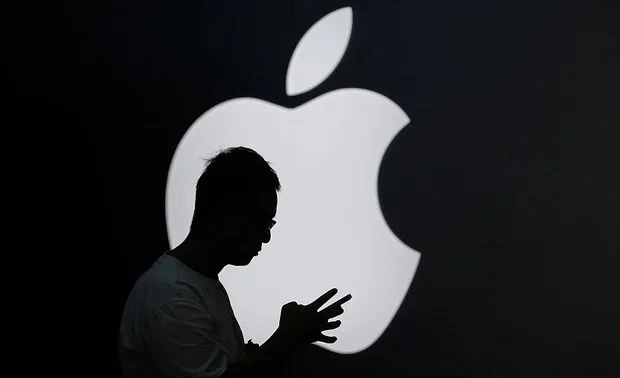
According to information from Bloomberg, Apple plans to allocate significant amounts, amounting to...
According to data provided by the Ministry of Finance, from January to September of this year, the...
In an interview with the "Kabar" agency, President Sadyr Japarov commented on the current...
According to the Ministry of Finance as of August 31, the total amount of Kyrgyzstan's state...
- According to the agency's information, from January to August of this year, Kyrgyzstan...
- According to statistics, in the production of agricultural products in Kyrgyzstan for the first...
Based on data from the National Statistical Committee, during the first eight months of 2025, China...
Today, November 5, 2025, during the Kyrgyz-Hungarian forum on the development of the food industry,...
According to information provided by Rysbek Satylkanov, the annual damage from the operation of the...
- In Kyrgyzstan, there has been a 7% increase in the import of frozen fish over the past 8 months....
- Since the beginning of the year, Kyrgyzstan has attracted more than 8 million foreign tourists....
. The National Statistical Committee has presented the relevant data. According to the information...

In the past, he hinted at the intention to leave his position According to information from...
As of August 31, 2025, the total volume of the credit portfolio of banks in Kyrgyzstan reached...
According to the Food and Agriculture Organization of the United Nations (FAO), global food prices...
Every year, millions of people fall victim to the consequences of climate change, as indicated by a...
The reserves of the National Bank of the Kyrgyz Republic from the revaluation of foreign currency...
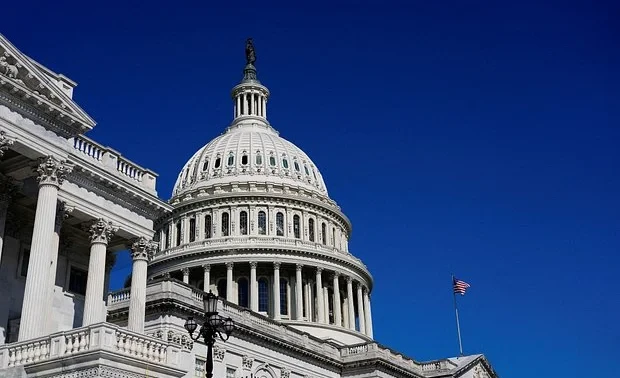
The prolonged suspension of government operations in the US leads to significant economic losses....
On Friday, courts in Massachusetts and Rhode Island issued identical rulings on lawsuits that...
As of October 1, 2025, the total amount of money in circulation reached 290 billion 191.1 million...
Non-communicable diseases (NCDs) inflict an economic loss of 29.8 billion soms on the economy of...
- According to statistical data, the volume of clothing production in Kyrgyzstan for the first nine...
According to information from the press service of the Ministry of Health, non-communicable...
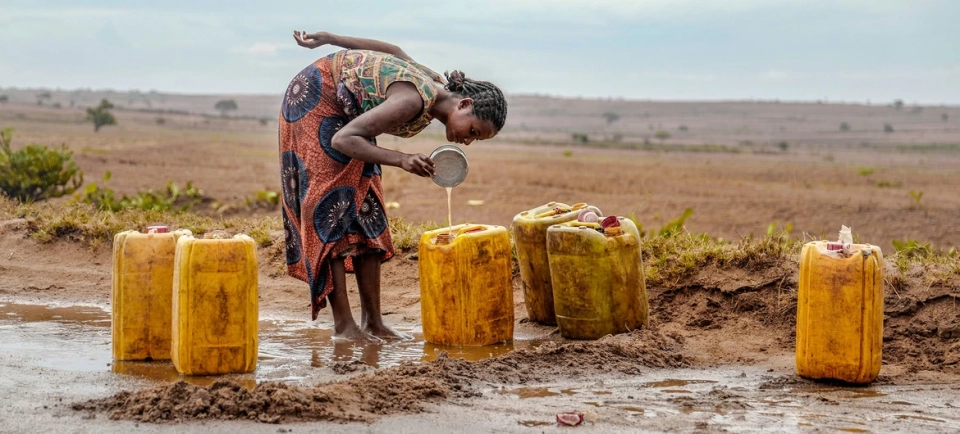
Photo UNICEF/S.Andriananten Climate change is leading to an increase in the frequency of droughts...

According to information provided by the Ministry of Culture and Tourism of Turkey, the total...
The volume of gross domestic product of Kyrgyzstan amounted to 380.5 billion soms, which...
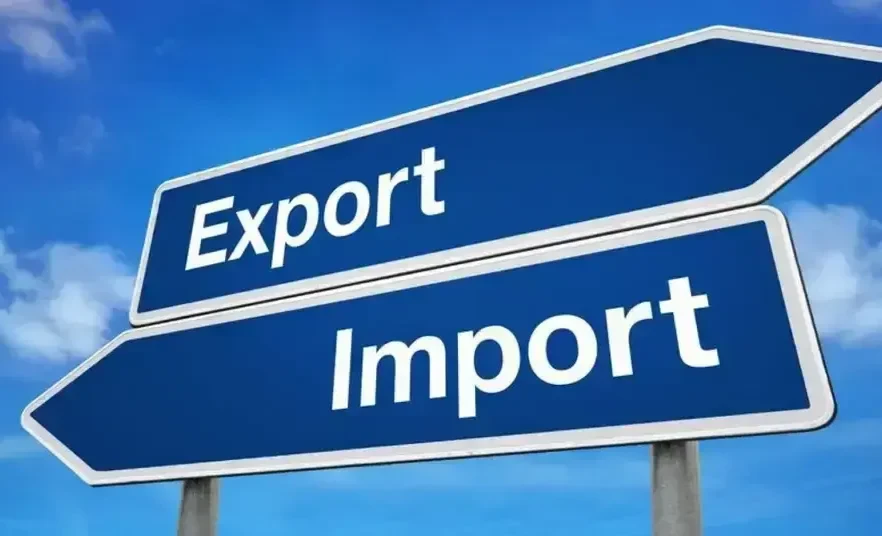
According to the National Statistical Committee, in the first nine months of 2025, the volume of...
According to information provided by the Ministry of Finance, from January to September of the...
In the Kyrgyz Republic, 48 coal deposits have been registered, with total reserves amounting to 1.7...

In Kyrgyzstan, the latest satellite monitoring methods have begun to be used to prevent natural...

Over the past five years, $3.3 billion has been allocated for debt repayment. President Sadyr...
- The export of frozen fruits from Kyrgyzstan to Russia tripled in the first eight months of 2025,...
- According to data from the National Statistical Committee, cabbage exports to Russia fell by 3.6...

According to the organization's report, shadow imports carried out through cargo schemes...
Approximately 1.7 billion people, including 47 million children under the age of five, suffer from...
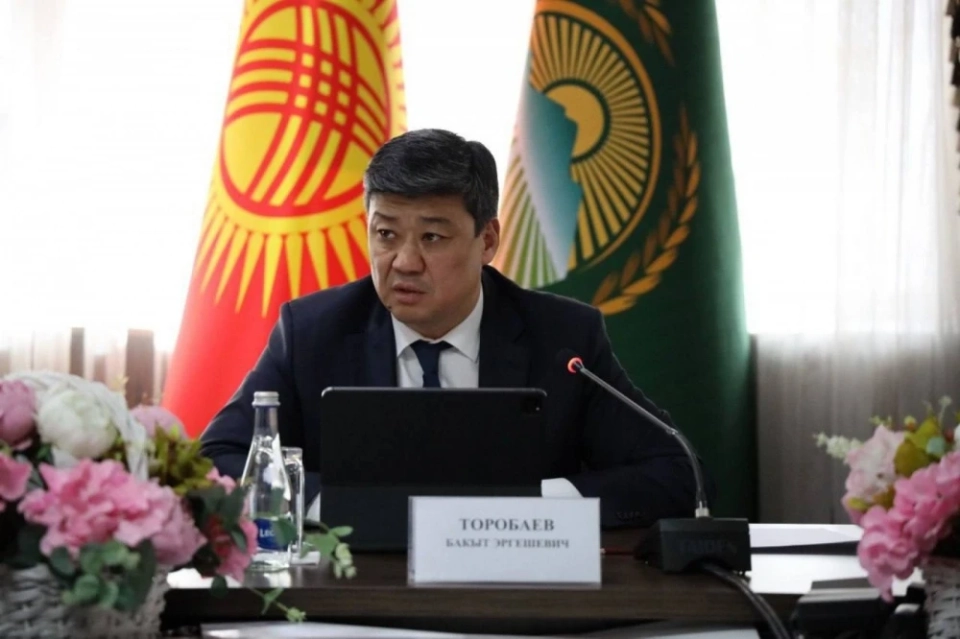
Recently, a meeting took place between Bakyt Torobaev, the Deputy Chairman of the Cabinet of...
According to the Ministry of Finance, tax revenues of the state budget from January to September of...

Kubanychbek Omuraliyev Omuraliyev also emphasized that the combined GDP of Turkic-speaking...
Energy expert Mirbek Mamatov reported on the radio that Kyrgyzstan has been financing preparatory...

Last Thursday, Tesla shareholders voted in favor of a compensation package that could make Elon...
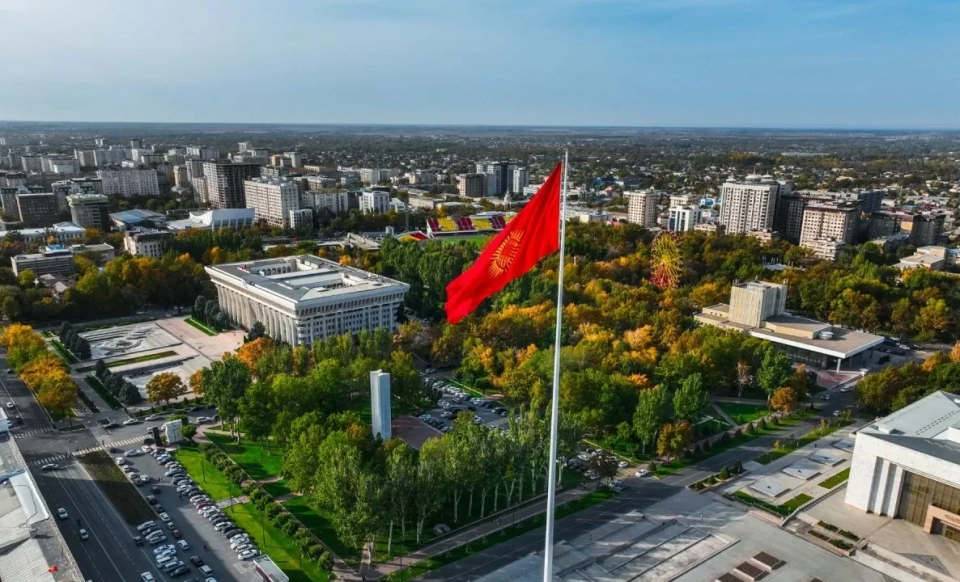
The President of Kyrgyzstan, Sadyr Japarov, speaking at a youth forum in Bishkek, announced plans...